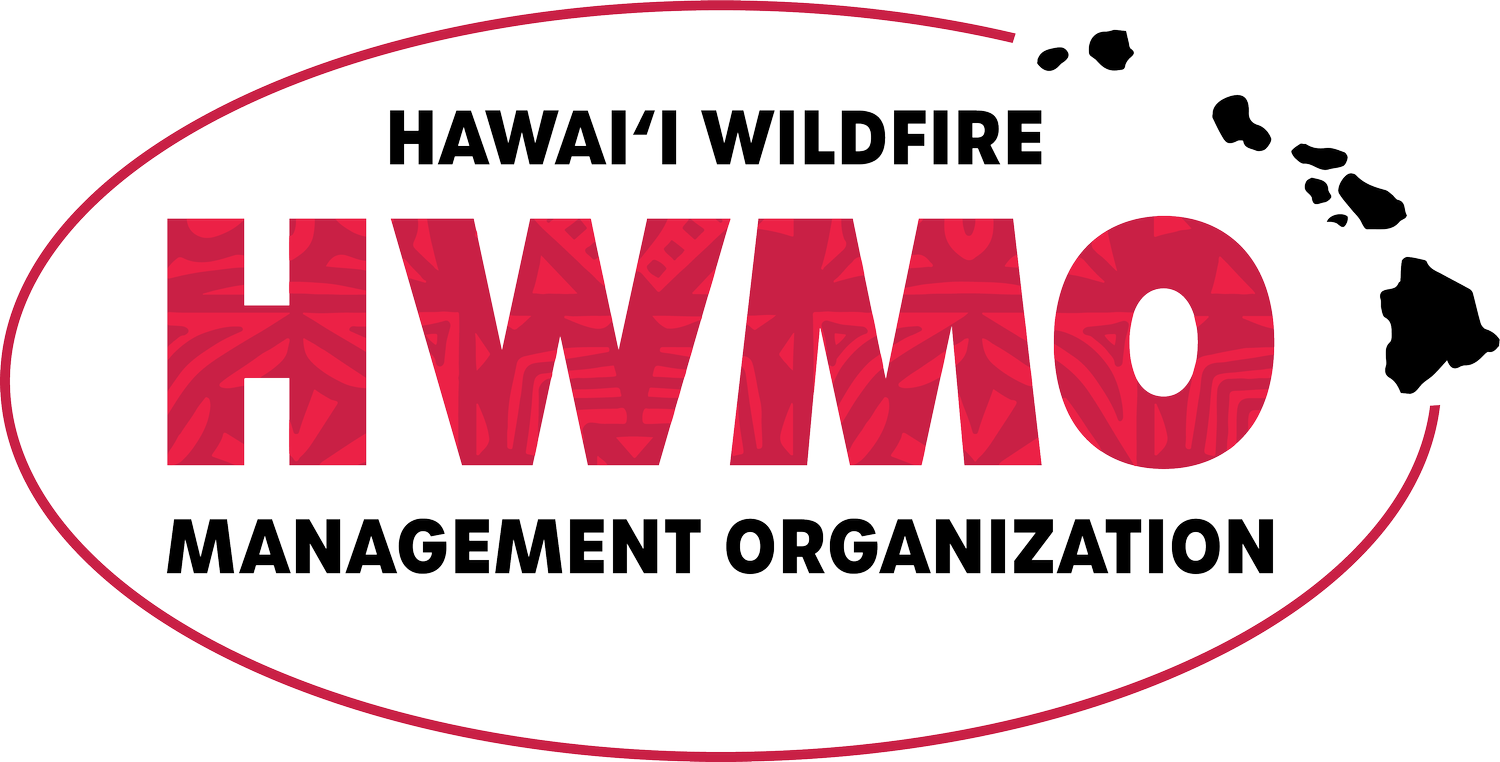Headwaters Economics just released a white paper outlining ways to address the rising costs and risks associated with fighting fires in the Wildland Urban Interface (WUI).
Researchers at Headwaters Economics have proposed solutions that involve local, administrative, and legislative authorities in controlling the "pace, scale, and pattern of future home building in the not-yet developed portion of the WUI". HWMO will continue to work with our agency, community, and decision-maker partners on many of the solutions published by Headwaters Economics:
From the Source:
"Solutions proposed by Headwaters Economics to address WUI issues -
- Improve integration of wildfire mitigation plans into county comprehensive land use plans
- Disclose fire risk to potential home buyers
- Create powerful incentives for improved local land use planning
- Shift more fire suppression responsibility to local governments
- Provide technical and financial assistance for land use planning to local governments
- Buy land or development rights on the most dangerous areas
- Improve firefighter safety through improved public education and active participation in county land use planning
- Map fire risk using national standards, with incentives for added detail by local governments
Visit the website, read the paper, and/or listen to the interview with Montana Public Radio."




















